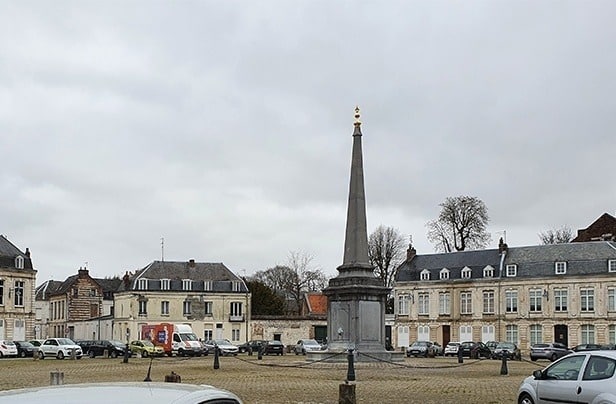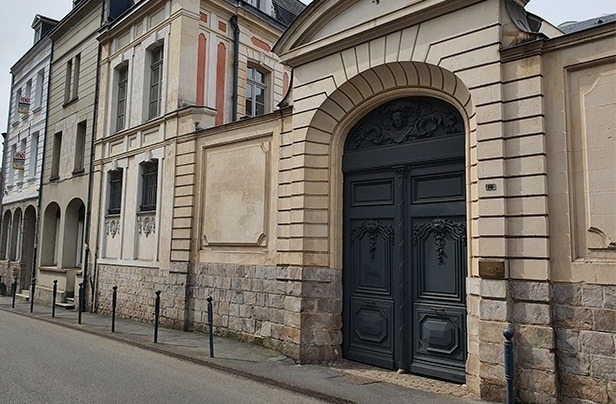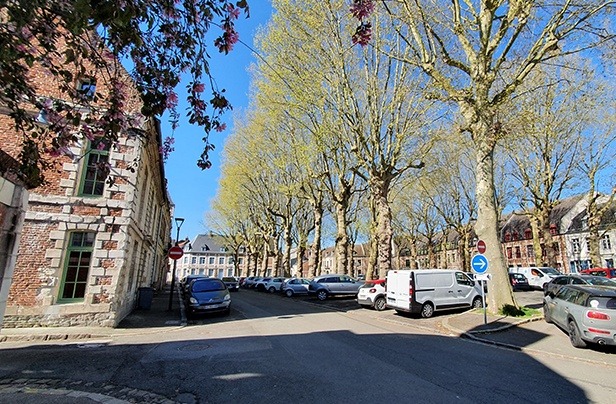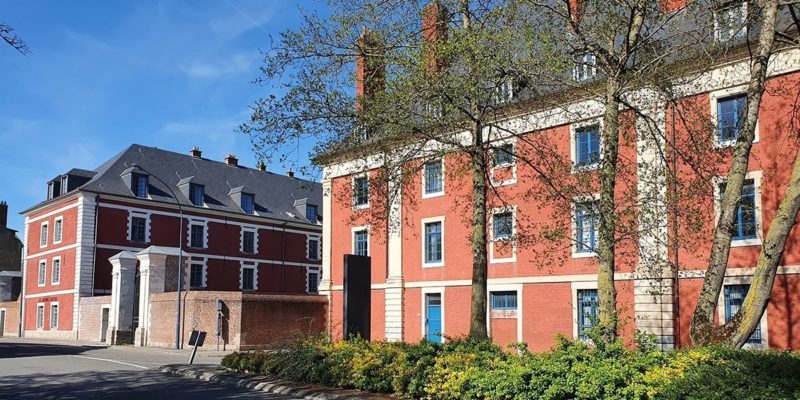With the integration of Arras into the Kingdom of France and the wars of the time, we saw that the early 18th century was marked by famine (particularly around 109-1711). However, the Age of Enlightenment also saw a decline in child mortality. However, here and there, food crises remained, and demographic crises still persisted in this “new century of ideas” (1740 comes to mind first), with water-related epidemics and lung problems in winter. These scattered demographic evolutions nonetheless led to population growth for a century, but cities such as Lille grew much faster during the same period. Here’s a closer look at Arras, a city of contrasts and the 18th century.
The city of Arras modernizes
The town and the city of Arras were two diametrically opposed areas in the 17th century. While the town was made up of a large number of inhabitants, the city was characterized by its parks and gardens (due to the bishopric, the seminary, the Poor Clares, the Brigittines, etc.). In 1749, the town became part of the city, and the bourgeoisie of Arras began to build classical housing estates in the newly integrated area. The lower town, whose classical architecture can be seen today, was completely renovated. It was at this time that the échevinage, supported by Intendant Caumartin, created the six-hectare quadrilateral between the Esplanade, the Schramm barracks (photo on front page), the medieval city wall (Rue Aristide Briand today) and the citadel. The Hôtel de Beauffort (see our article on the Robespierre house) and the Place Victor Hugo, formerly known as the “Place de la basse ville”, are also to be found here.

Place Victor Hugo today, fountain and obelisk date from 1779
At the same time, the Crinchon river was diverted to allow construction. The project, which began in 1751, raised the ground. Private mansions flourished. The same was true of the town’s the Hôtel de Guînes and the Hôtel Dubois de Fosseux, which can still be admired below: 
Clergy and bourgeoisie in the 18th century
Considered the city of “a hundred steeples”, Arras has a strong religious tradition, and the 18th century bears witness to this, as did previous centuries(St Vaast Abbey, parish churches, monasteries). The 2piscopal city still carries weight in decisions on works undertaken, and the bishop of Arras has a spiritual magisterium over 400 parishes that cannot, however, compare in power with that of Cambrai. Monseigneur de Conzié rebuilt the episcopal palace and carried out other works, including the creation of the Sisters of Charity and the seminary on rue de Baudimont.
By 1750, Arras had seven monasteries for men and eleven convents for women.
Nobles were also numerous, with a total of fifty families owning homes in the town. This fact is partly justified by the fact that they were members of the Estates of Artois and exercised judicial and political functions. Alongside them, the bourgeoisie developed strongly due to its particular legal character: a bourgeois from Arras escaped inheritance rights on the estate of another bourgeois from Arras. Many of these people were of the cloth; lawyers were numerous in the town, due to the number of jurisdictions. Lawyers were highly visible at the Académie, the échevinage, the États d’Artois and the Rosati (a literary society founded in Arras on June 12, 1778). Robespierre himself came to prominence during a case before the Conseil d’Artois in 1781: L’affaire du paratonnerre de l’Audomarois M. de Vissery.
The place of the people and merchants of Arras
In the 18th century, Arras had a large number of humble folk. Workers, clerks and lacemakers were more likely to be found in the Méaulens-Saint-Géry district. The heart of the population was indeed the present Méaulens. Between 1770 and 1790, the population grew steadily poorer, and vagrancy and prostitution exploded in the town. No general hospital was opened in Arras at the time, and more and more orphans were entrusted to the poorhouse.

A former shopping area: Place de l’Ancien Rivage
Finally, merchants and craftsmen made up the bulk of the demographic contingent. In this respect, Arras has several important markets and streets of stores, such as :
- Le Grand Marché and Le Petit Marché ;
- The Place du Marché-au-Poisson, now the Place du Théâtre;
- Pont-de-Cité-Porte-Ronville axis;
- Rue Saint-Géry;
- Sainte-Croix-porte-Méaulens axis;
- Place du Rivage in the old town.
The presence of the Compagnons is also the sign of a tradition of craftsmanship amidst the great merchants of linen, cloth, wool, oil, coal, horses, brewers and satin-makers.
X.D.
